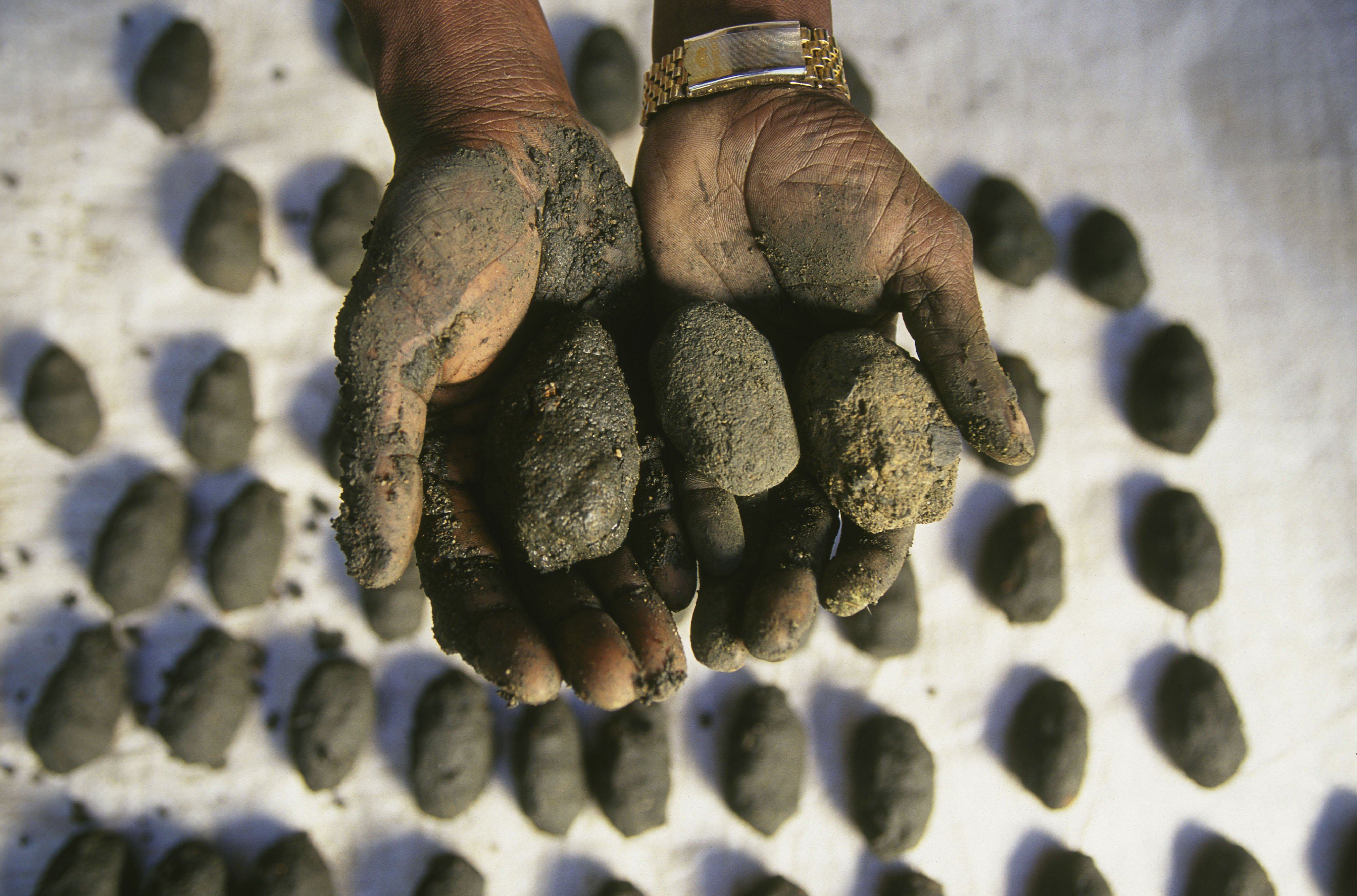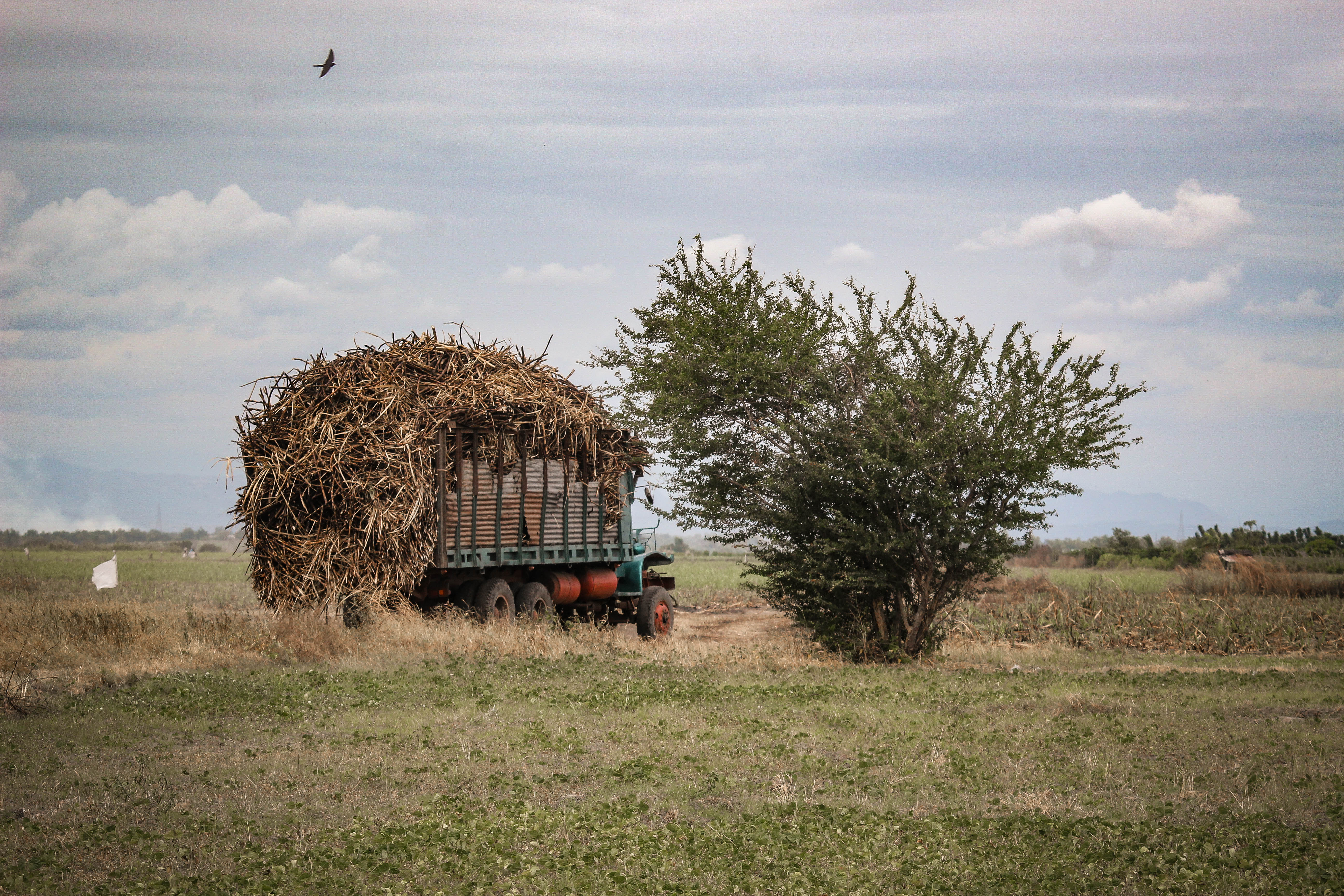Green Charcoal, a Solution to the Pollution of Food Production
March 2019

Lumps of green charcoal. The practice of making green charcoal helps cut back on harmful emissions.
Photograph © Edward Parker / WWF
The production of charcoal is a sooty affair whose clouds of smoke pose a challenge to the climate. A certain new technology could put a change to that.
Green charcoal, also known as biochar, is a source of energy with minimal impact on the environment. Produced through clean processes out of biomass seen otherwise as waste, green charcoal looks to cut back on the pollutants produced through more conventional production methods. The biomass in question comes from excesses in the harvest of sugarcane, a staple crop in many Philippine provinces.
“Green charcoal follows the same process as making charcoal out of wood. You harvest sugar cane, dry them, burn them, and cook them,” says Monci Hinay, WWF-Philippines Project Manager. Many Filipino communities currently eke a living out of the production of charcoal out of cooked sugarcane, a process known to cause thick clouds of smoke. The production of green charcoal exists as a greener alternative to this form of livelihood.

A truck hauls biomass from a sugarcane field that had been caught in an accidental fire. WWF-Philippines’ TuboChar project looks to take biomass from sugarcane and transform it into charcoal via environmentally-friendly processes. Photograph © Alo Lantin / WWF-Philippines
What makes green charcoal production clean? The charcoal making process involves burning organic matter. This often leads to plumes of smoke that are then funneled up chimneys and into the atmosphere. The green charcoal process, however, channels that smoke back into the cooking chamber, which has the added effect of speeding up the process. What comes out the chimney at the end is a tongue of flame – not the smoke clouds associated with dirtier processes.
WWF-Philippines is promoting the use of green charcoal in its latest project, “TuboChar,” in rural communities in Tarlac. The project is all-encompassing – beneficiaries will be taught how to produce their own green charcoal, while being given the equipment to do so.
“This project provides clean energy sources and tackles greenhouse gas emissio and we’re helping farmers by suggesting additional, potential livelihood while educating them on these practices,” continues Hinay. Food production is a vital industry, but its negative impacts cannot be denied. Technologies like green charcoal hope to reduce these impacts by seeking out solutions that are friendlier to the environment. With this in mind, WWF-Philippines has set out with this technology to meet with communities in the hopes of recruiting them as partners in the protection of the planet.
For more information, please contact:
Communications & Media Manager Mr. Dan Ramirez (dramirez@wwf.org.ph)
